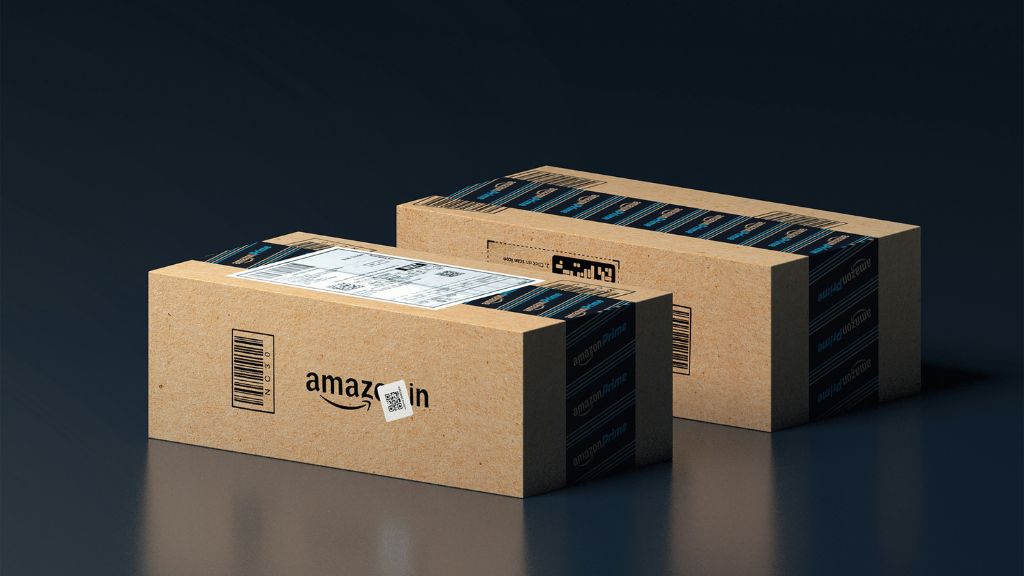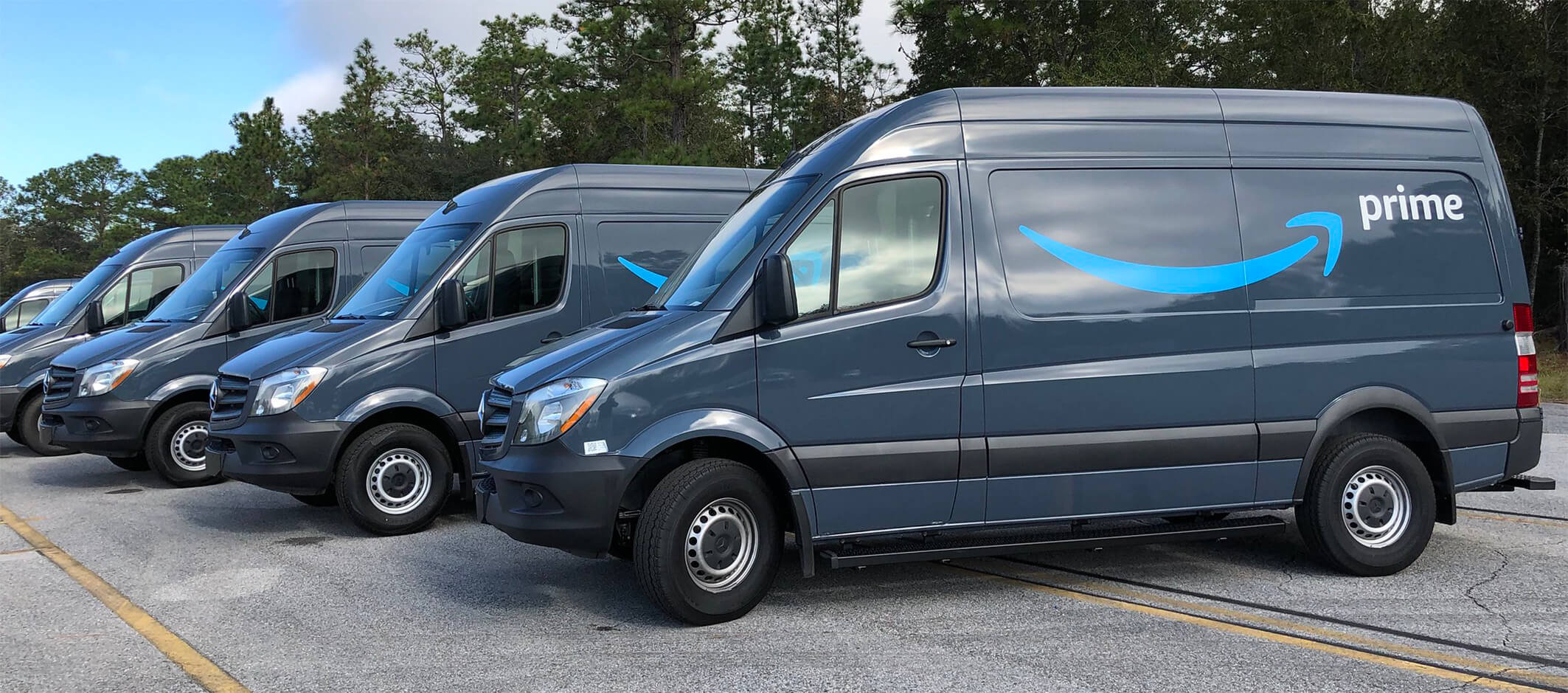

The cost of the FBA service from Amazon is calculated individually for each product on the marketplace, based on its specific characteristics. This is the price that each vendor needs to pay Amazon for storing and shipping their products to Amazon’s clients. This is why, before deciding to sign up for the FBA logistics system, we recommend that you to calculate how much it will cost and evaluate the benefits that handing over the shipping management to the marketplace can offer your business. This will be your first step towards achieving greater sales optimisation on Amazon. To help you, we’re going to explain, step by step, how to calculate the FBA fees for your products.
The types of fees established by Amazon
To begin, you should keep in mind that Amazon has a series of fixed fees for its vendors that vary from one product to the next. These can be divided into:
- logistics management fees
- storage fees
- additional fees
Logistics management fees:
This is the price of sending the package. It’s a flat rate that will depend on the type of product as well as its size and weight. It’s charged by unit and includes picking up the product at the warehouse after the sale, its packaging, and its transport to the address or collection point chosen by the customer. For example, for standard-size products sold in the same country as the manufacturer, the following fees would apply:
Size | Weight | Price |
Small envelope ≤ 20x15x1 cm | 0–80 g | €2.13 |
Standard envelope ≤ 33x23x2.5 cm | 0–60 g | €2.37 |
61–210 g | €2.65 | |
211–460 g | €2.85 | |
Large envelope ≤ 33x23x5 cm | 0–960 g | €2.97 |
These prices will also vary according to the market where you want to position yourself. This means that selling in all of Europe through Amazon will be more expensive than selling in just one country. The advantage of selling in international markets is that you can adapt your pricing strategy to their levels of supply and demand.
If you want a more precise calculation of the logistics management fee for your products, you can use the calculator that Amazon offers in its Seller Central.
Storage fees:
This is the cost of storing your products in Amazon’s logistics centres. Its value will depend directly on the amount of space that each product occupies in the warehouse after being packaged. This storage fee also increases in high season or in times of greater demand, which tend to be the months of October to December due to Black Friday and Christmas.
This is a monthly fee that is calculated based on the average daily volume of cubic metres used each month.
| Clothing, shoes, and accessories
Standard size | Other categories
Standard size | Large size |
January – September | €15.60 per m³/month | €26 per m³/month | €18 per m³/month |
October – December | €21.60 per m³/month | €36 per m³/month | €25 per m³/month |
Additional fees:
Along with the two fees discussed above, Amazon offers its vendors additional options to improve the delivery of their products and to contribute to earning customer loyalty, such as different types of packaging, specific sealing requirements for more valuable products, or different options for picking up the articles. Each of these services has an additional cost that is also calculated individually for each product that the eCommerce business sells.
Retailers’ investment in Amazon’s logistics system allows them to optimise their distribution channels and increase their sales since they’re able to reach a larger number of potential customers. At the same time, they can take advantage of the trust that users have in Amazon as a reliable sales channel with unique delivery times. If you want to learn more about the advantages that Amazon’s FBA can offer your eCommerce business, you can also read the following post: “What is Amazon FBA? FBA vs FBM”.
Should I use Amazon FBA for all of my products?
Despite its benefits, Amazon’s FBA logistics system isn’t always going to be profitable for your business. This is why, once you’ve calculated the FBA fee, you should look at your business and analyse your own sales channels and distribution along with the demand for your products and the prices of the competition to evaluate the cost and benefits that using the Amazon logistics system would offer for one, multiple, or various products from your catalogue, depending on your objectives at any given time.
The final goal is to learn the cost of different logistics options in order to choose the strategy that best suits your eCommerce business and optimise your Amazon sales in order to increase your profits. To extract and analyse all of this information quickly and automatically, you can use pricing tools like the Minderest software package. These solutions allow you to keep strict control over the state of your company and the markets that it moves in.
Pic: Unplash - ANIRUDH

Find out how Minderest can take your business to the next level.
Contact our pricing experts to see the platform in action.
Related Articles

AI Agents and Holiday Season: How to Adapt Your Pricing Strategy
Holiday season planning used to revolve around creative campaigns, emotional storytelling, and optimizing the user experience. However, a silent revolution is changing the rules of the game. The rise...
How Surveillance Pricing Works and Its Applications for Your Business
The term "Surveillance Pricing" might conjure images of corporate espionage and price manipulation. However, this initial perception hides one of the most sophisticated and powerful strategies in...